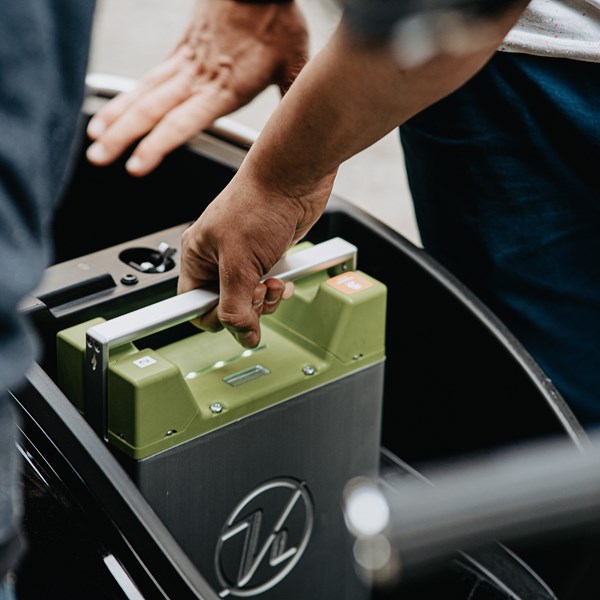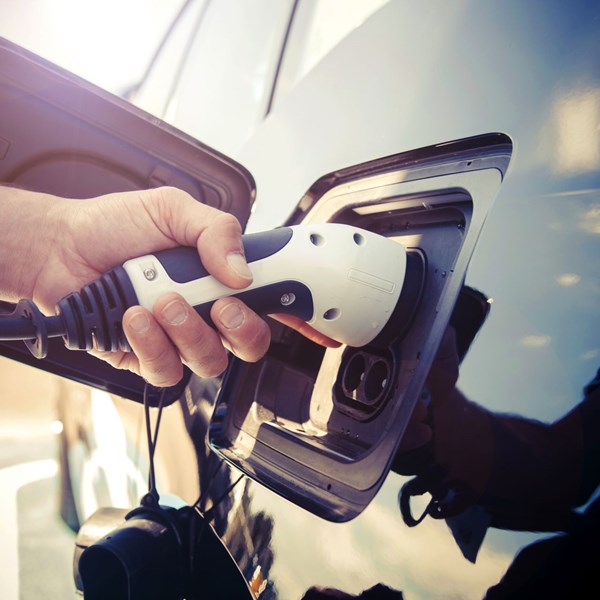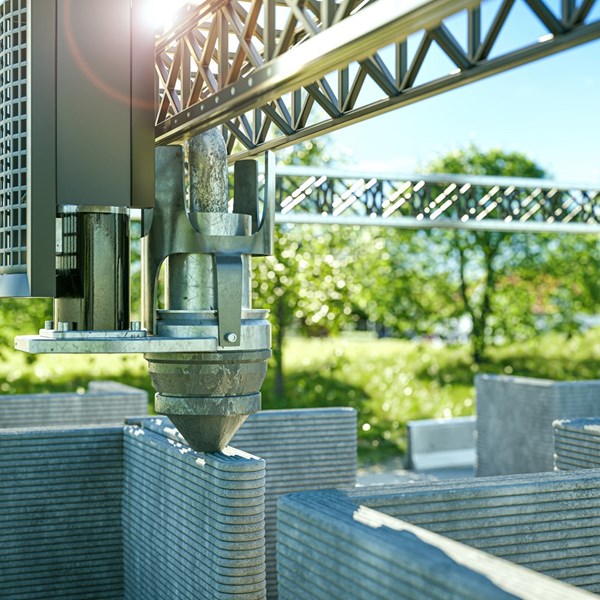Air travel reportedly produces around 3% of global carbon dioxide emissions and remains one of the fastest-growing sources of greenhouse gases. While the International Council on Clean Transportation (ICCT) maintain “the least-emitting flight is one that doesn’t happen at all”, the reality is people still need to travel by air. This means the world’s airlines urgently need to find ways to seriously reduce their emissions but what are airlines doing to make green aviation a reality?
Many airlines have publicly committed to becoming more sustainable and to reducing their carbon emissions. These include Delta Air Lines who have pledged to spend $1bn to go carbon neutral by 2030 while JetBlue and United have committed to the same target by 2040 and 2050 respectively.
As recently as the 18th July this year, Airbus and a number of major airlines including Air Canada, Air France-KLM, easyJet, International Airlines Group, LATAM Airlines Group, Lufthansa Group and Virgin Atlantic signed Letters of Intent to actively explore opportunities to use direct air carbon capture technology.
Direct Air Carbon Capture and Storage (DACCS) technology filters and removes CO2 emissions directly from the air using high powered fans, capturing the CO2 so it can be stored safely. DACCS would be used in tandem with other emission reducing initiatives, most particularly Sustainable Aviation Fuel (SAF).
These airlines have also committed to negotiate on the pre-purchase of carbon removal credits between 2025 and 2028. These credits will be issued by 1PointFive, a subsidiary of Occidental’s Low Carbon Ventures business and a partner of the direct air capture company Carbon Engineering. Airbus’ proposed partnership with 1PointFive will include the pre-purchase of 400,000 tonnes of carbon removal credits.
While DACCS offers a way to remove net carbon from the atmosphere, Juan José Tohá, Corporate Affairs and Sustainability Director at LATAM Airlines Group admitted there “is no silver bullet for decarbonising the industry”. Instead, airlines will need to rely on a combination of measures to reach net-zero. This combination will include improving sustainable aviation fuels and continuing to adopt the new technologies as they become available.
The airline industry believes its quickest path to net-zero is replacing jet fuel with SAF made from renewable sources, such as plants or used cooking oil.
There are three main ways to make SAFs, from hydro-processed esters and fatty acids (HEFA), Fischer-Tropsch synthetic paraffinic kerosene (FT-SPK), and alcohol-to-jet synthetic paraffinic kerosene (ATJ-SPK).
HEFA fuels can be made by by removing the oxygen from molecules in unused vegetable oils, or waste fats, oils, and greases.
Fischer-Tropsch-SPK are made by oxidising a wide variety of plant and human wastes to make synthesis gas, a mixture of H2 and carbon monoxide. Hydrocarbons are produced when a catalyst (e.g. iron, cobalt or ruthenium) is added to this gas.
Alcohol-to-jet-SPK can be made from crops like sugar cane and corn, as well as from plant and agriculture wastes. These are converted into ethanol or isobutyl alcohol which is turned into kerosene by removing water, treating them with hydrogen combining the resultant short-chain hydrocarbons to form longer ones.
There is a slight concern that alcohol-to-jet-SPK fuels create higher emission levels than HEFA or Fischer-Tropsch-SPK fuels. This is because the process of making alcohols from starch-based crops takes a lot of energy, which in turn causes significant greenhouse gas emissions. This means biofuels made from waste will allow the production of fuel to minimise their greenhouse gas emissions.
From an environmental perspective, waste-based fuels have another advantage over crop-based fuels. To grow the required crops at the required levels could well need more agricultural land which could contribute to deforestation. This is obviously something airlines looking to become more sustainable cannot afford to be tainted with.
In theory, SAF should cut flight emissions by around 80%. However, it is currently prohibitively expensive, which is delaying any significant take up although some airlines are blending small amounts of SAF into their regular jet fuel.
Airlines are also concerned that a mix is a safer option. Jet fuel not only powers but also lubricates jet engines, which means switching to pure SAFs may not be practical. They also need to display they can behave in the same way as jet fuel in terms of the energy they release when burned, their performance at low temperatures, and their flow.
In terms of new technologies, electric and hydrogen powered planes are still considered to be the solutions airlines are most likely to look to progress. However, there is real doubt over whether battery capacity can be scaled up to a level that will power planes (particularly for medium and long-haul flights) and whether renewably produced hydrogen fuel could ever be in the quantities needed.
There is also an argument that airplanes need to land with significantly less weight than they took off with. With jet fuel, this is easy. The fuel burns during the flight so therefore the plane is lighter when it arrives at its destination. This cannot be the case with a battery as it will remain roughly the same weight fully charged as it will when the charge has been used.
This means these technologies are still a long way from being used commercially.
A small electric plane built by Rolls-Royce’s has made a 5-minute test flight. Rolls Royce claimed this was a "milestone on the aviation industry’s journey towards decarbonization", but admitted longer flights will have to be powered by new and as yet unavailable technologies.
Potter Clarkson’s dedicated cleantech team is working on a range of sustainable battery, renewable and hydrogen projects. If this blog has raised any questions that you would like to discuss with our experienced cleantech IP attorneys and solicitors, please contact us today.







